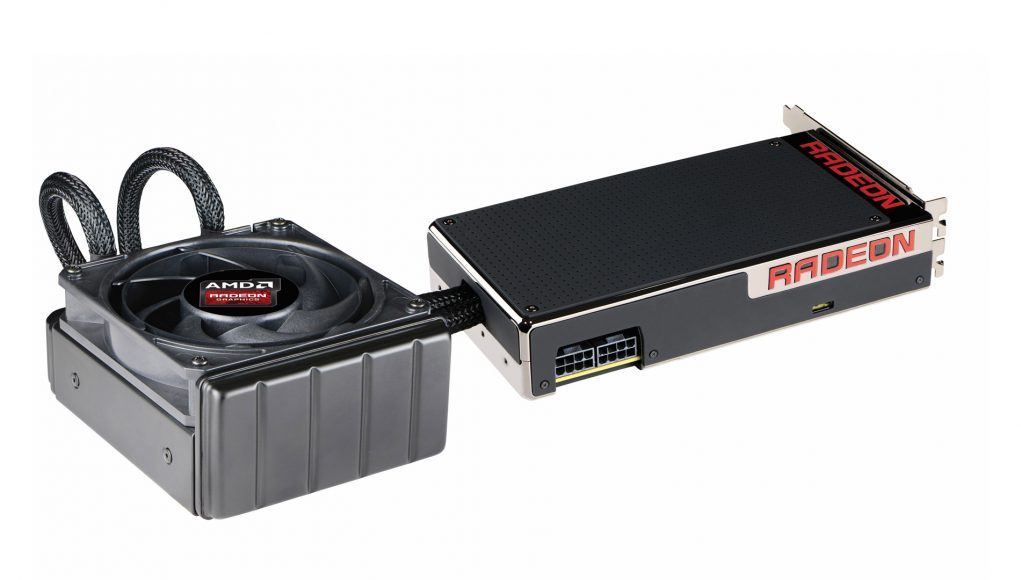Oculus’ Asynchronous Spacewarp rendering technology is designed to smooth out the VR experience by making dropped frames a thing of the past. The tech rolled out several months ago, but some of AMD’s older Radeon GPUs didn’t get support initially. Now thanks to a new driver, those older cards get official support for the feature, and newer cards can finally make use of Asynchronous Reprojection through SteamVR.
VR is one of the most demanding real-time computing tasks that a consumer’s computer might be asked to perform. The 90 FPS requirement is important for immersion but also comfort; dropping below that threshold can lead to dizzying jumps in the virtual world seen through the headset. And so, Oculus and others have a number of techniques to try to smooth over those occasional jumps to keep everything immersive and comfortable.
Asynchronous Spacewarp is one such technique. It works by analyzing prior frames to determine motion and then from that data generates a new frame on the fly to fill in gaps when the computer isn’t able to render a brand new frame in time.
Asynchronous Spacewarp Now on R9 Fury, R9 390, and R9 290
The company announced the tech last year and rolled it out soon thereafter. And while Asynchronous Spacewarp worked on AMD’s latest cards, a number its older ‘VR Ready’ cards didn’t see official support.
That changes now with the latest Radeon Software Crimson ReLive 17.4.1 drivers which now support Asynchronous Spacewarp on the Radeon R9 Fury series (including Fury X), R9 390 series, and R9 290 series.
For users of the Oculus Rift, this means that those older cards will have an easier time showing smooth VR gameplay, even on today’s more demanding VR games.
Asynchronous Reprojection on SteamVR Now on RX 480 and RX 470
Valve also uses some techniques to smooth out VR performance through SteamVR, one of which is Asynchronous Reprojection. It’s similar to Asynchronous Spacewarp, except instead of synthesizing a new frame from past frames, it takes the most recently rendered frame and shows it again, rotated to fit the latest information about the movement of the player’s VR headset.
Asynchronous Reprojection has been in place on SteamVR for a long while now, but AMD’s latest Radeon GPUs were missing support for it. Now with the new ReLive 17.4.1 drivers, both the RX 480 and RX 470 get support for Asynchronous Reprojection through SteamVR.







